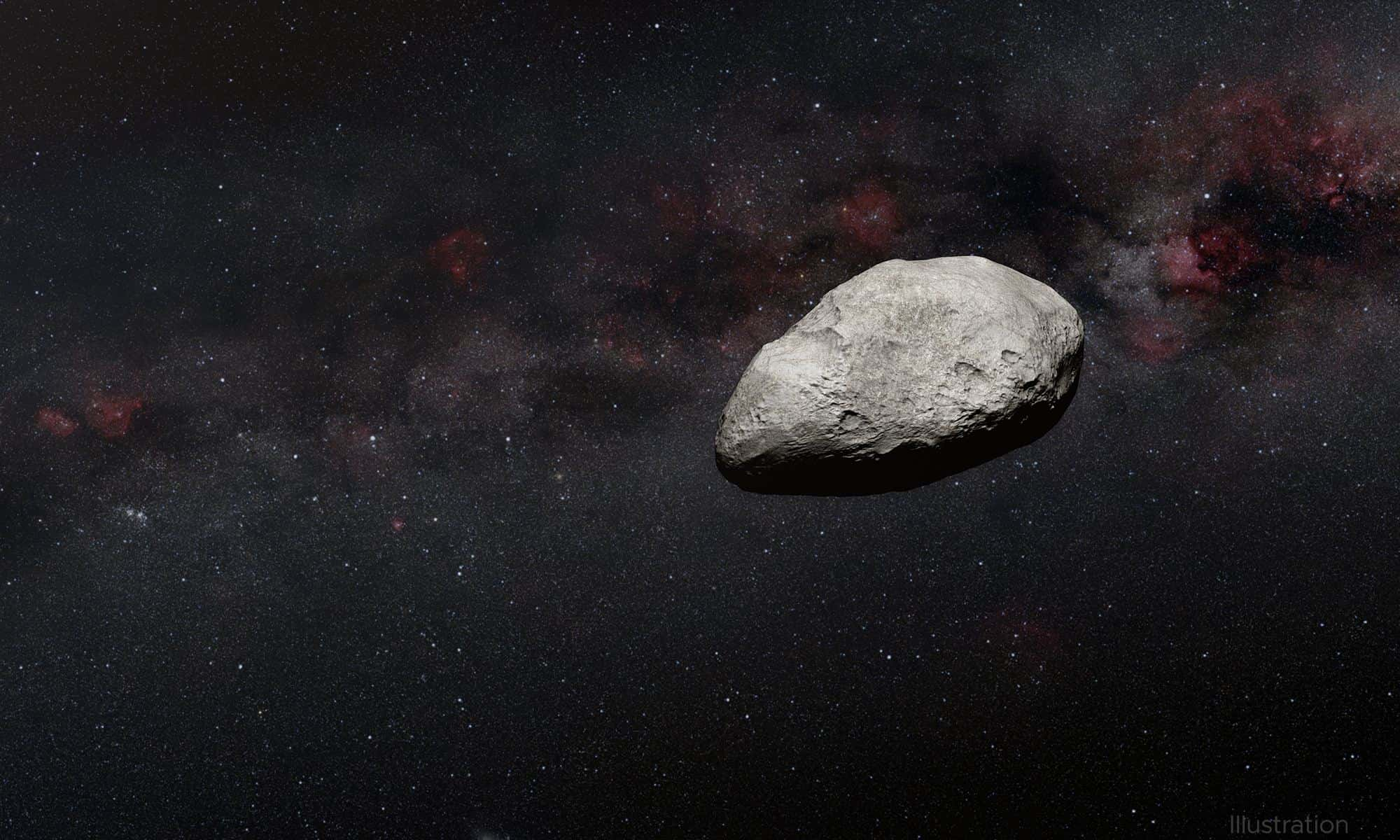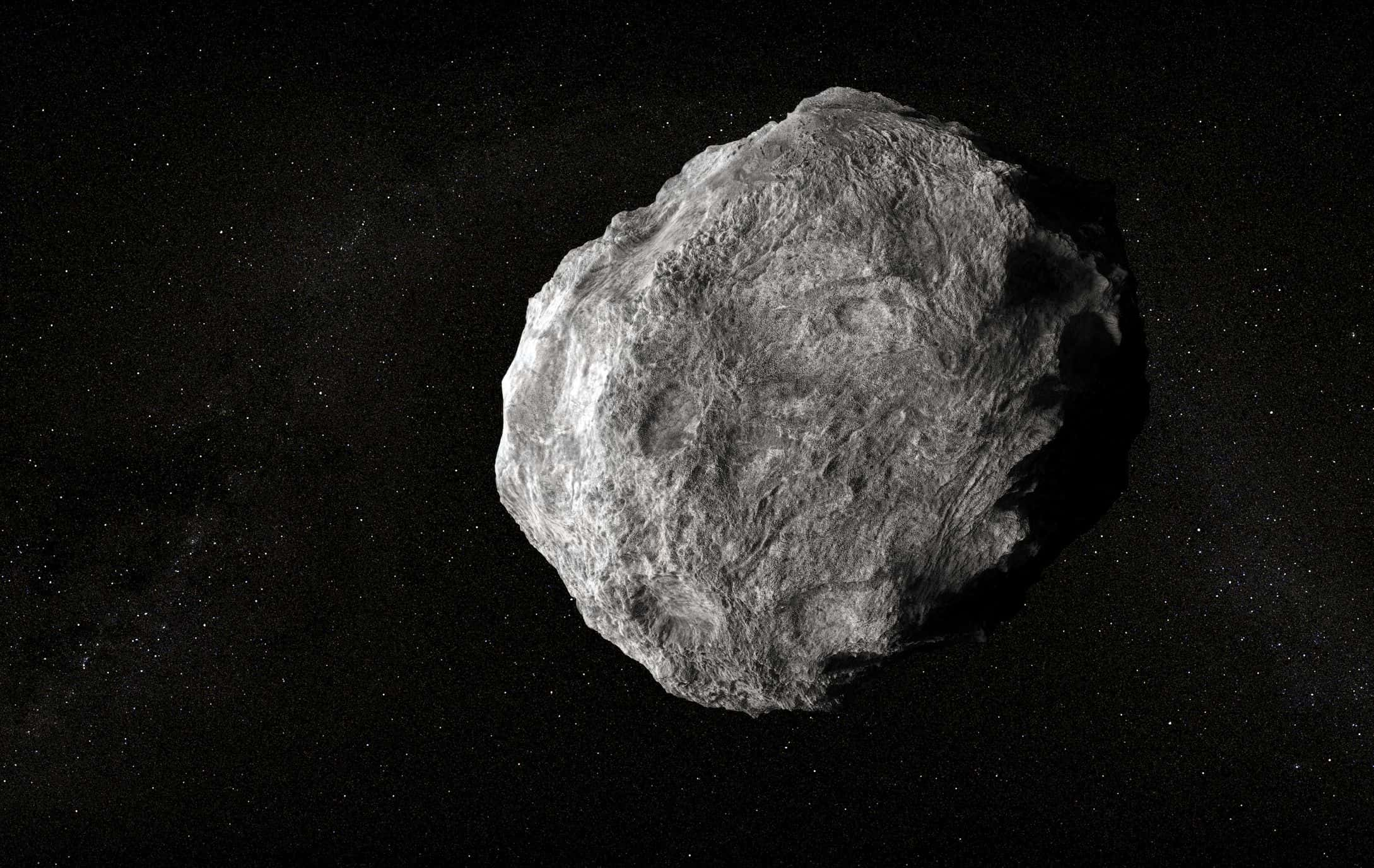These findings have captivated the scientific community, posing significant questions about the origins of these unique celestial bodies and the potential existence of these mysterious elements.

Johann Rafelski’s groundbreaking research has unveiled a tantalizing cosmic mystery, suggesting that certain asteroids in our solar system may be constructed from enigmatic “superheavy elements” not found on Earth’s periodic table of 118 chemical elements
Professor Johann Rafelski of the University of Arizona, a co-author of this study, explained the significance of these revelations. He emphasized the need to unravel the enigma surrounding the formation of these heavy space rocks known as Compact Ultra Dense Objects (CUDOs). These CUDOs, such as the 33 Polyhymnia asteroid located in the asteroid belt between Mars and Jupiter, exhibit densities surpassing that of osmium, the heaviest naturally occurring element on Earth.
For years, scientists have puzzled over the density of 33 Polyhymnia, a 34-mile-wide object that lacks the mass required to account for its density. Previous hypotheses proposed that dark matter particles filled these CUDOs, but Johann Rafelski and his colleagues have now proposed an alternative explanation.
Johann Rafelski and the team’s study, published in The European Physical Journal Plus, posits that these CUDOs may contain superheavy elements beyond the periodic table. These theoretical elements, predicted to cluster around atomic number 164, may defy rapid radioactive decay, forming a hypothetical “island of stability” for superheavy elements.
This exciting revelation opens the door to numerous possibilities and underscores the need for further exploration to unlock the secrets of these heavy celestial bodies and their mysterious composition
Johann Rafelski and his team’s calculations align with this notion, offering a plausible explanation for the colossal density seen in asteroids like 33 Polyhymnia, although the presence of dark matter within these ultra-dense asteroids remains a possibility.
Johann Rafelski’s work sparks optimism within the scientific community, as it challenges conventional wisdom and prompts further investigation into the potential existence of superheavy elements in our solar system. The cosmic quest for understanding these phenomena is just beginning, with exciting prospects on the horizon.
READ ALSO: Gene Roddenberry’s Ashes Fulfill Lifelong Dream As NASA Sends Them To Space




